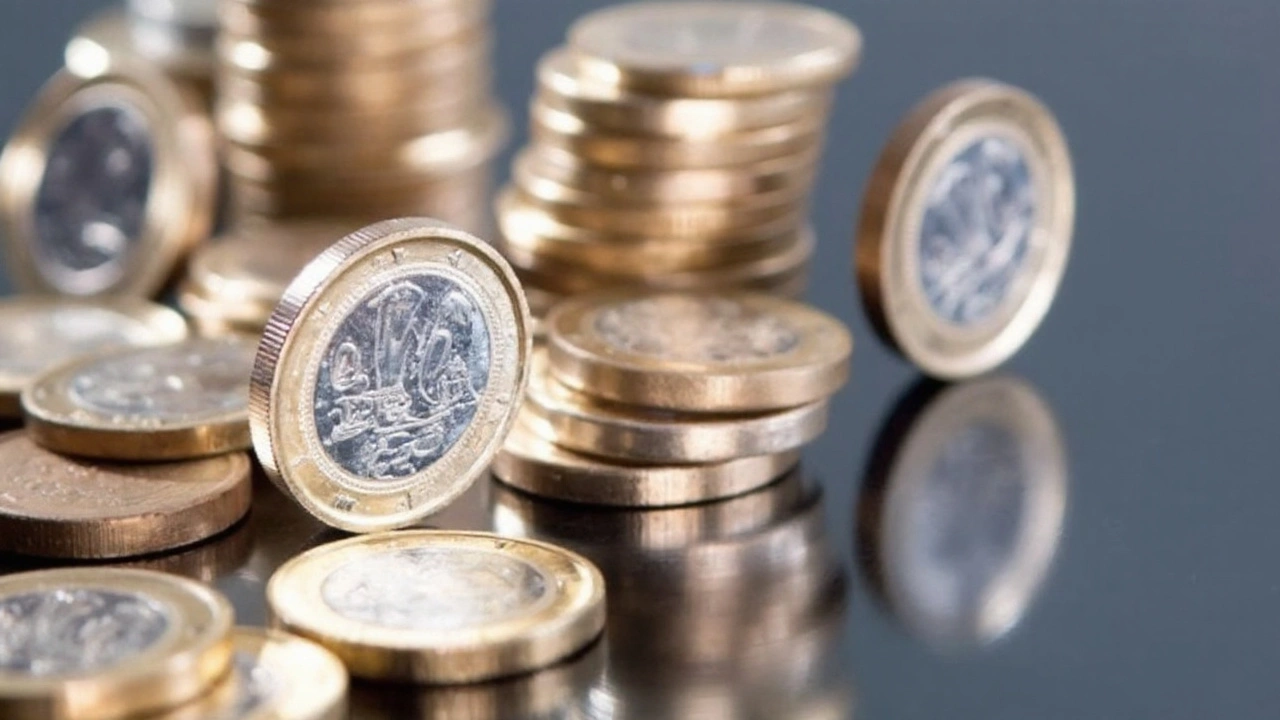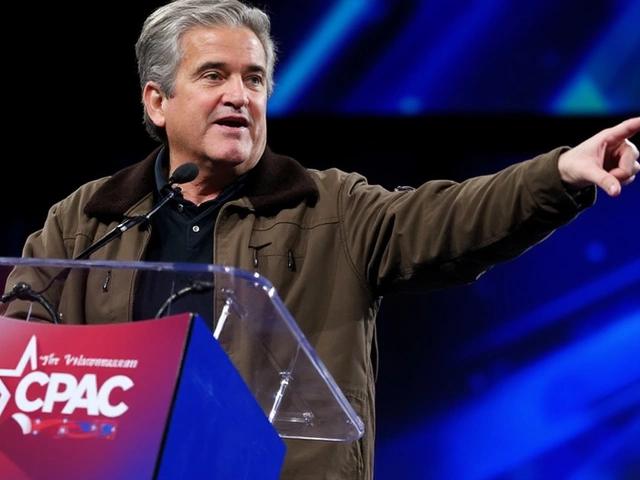Cash Payments Made Simple for Motorsports Fans
If you love the roar of engines and the smell of petrol, you’ve probably spent a good chunk of cash on tickets, gear, and maybe even a policy for your own ride. While credit cards and digital wallets dominate the market, cash is still a solid option for many fans and racers. Let’s break down when cash works best, how to stay safe, and what alternatives you might consider.
When to Reach for Cash
Cash shines in a few real‑world scenarios. First, small‑scale events like local club races or meet‑ups often accept cash at the door because they lack the infrastructure for card terminals. Second, buying gear from a garage or a pop‑up shop at a race weekend is quicker with cash – no need to wait for a chip reader. Finally, some insurers still allow cash premiums for short‑term policies, especially for classic or vintage bikes that need a quick cover before hitting the track.
Staying Secure with Physical Money
Physical cash can feel vulnerable, but a few habits keep it safe. Carry only the amount you need for the transaction and tuck the rest away in a secure pocket or a zippered bag. When you hand over money, watch the vendor count it out loud – that way there’s no room for a mistake. If you’re paying for a motor insurance policy, ask for a receipt that lists the policy number, coverage dates, and the exact amount paid. A written proof protects you if the insurer ever questions the payment.
Another practical tip: use a small envelope to store the cash and receipt together. It prevents the paper from tearing or getting lost, and it’s easier to hand over as a single package. If you’re at a crowded venue, keep the envelope close to your body – a loose wallet can be an easy target for pickpockets.
Even though cash is tangible, it doesn’t give you the same fraud protection as a card. That’s why it’s smart to limit cash use to trusted vendors. Check online reviews, ask fellow fans, or verify the stall’s official affiliation with the event before you pay.
Cash vs. Digital: What’s the Real Difference?
Digital payments win on convenience and tracking. A credit‑card statement instantly shows where you spent your money, which helps with budgeting for big ticket items like a new race bike or a season pass. However, cash avoids processing fees that merchants sometimes pass onto you as higher prices. If you’re buying from a small vendor who adds a 2‑3% surcharge for card use, cash could actually save you money.
Another advantage of cash is privacy. Some racers prefer not to have every purchase linked to their name, especially when buying aftermarket parts that might affect insurance premiums. Paying in cash keeps those details off the digital trail.
Alternatives to Keep in Your Toolbox
If you like the idea of cash but want a safety net, consider prepaid cash cards. Load the amount you plan to spend, then use the card like a regular debit card. It combines the budgeting ease of cash with the security of a card number that can be blocked if lost.
Mobile payment apps are also gaining ground at race venues. Some events now accept QR‑code payments that process instantly without needing a physical terminal. These apps often let you attach a virtual “cash” balance, letting you stick to a set spending limit.
Finally, always double‑check the refund policy before you hand over cash. Some vendors will only refund to the original payment method, which means you might need a receipt and a bank account ready if a return is necessary.
Bottom line: cash payments still have a place in the motorsports world, especially for quick, low‑tech transactions. By using them wisely and keeping solid records, you can enjoy the thrill of the track without worrying about your wallet. Happy racing!





